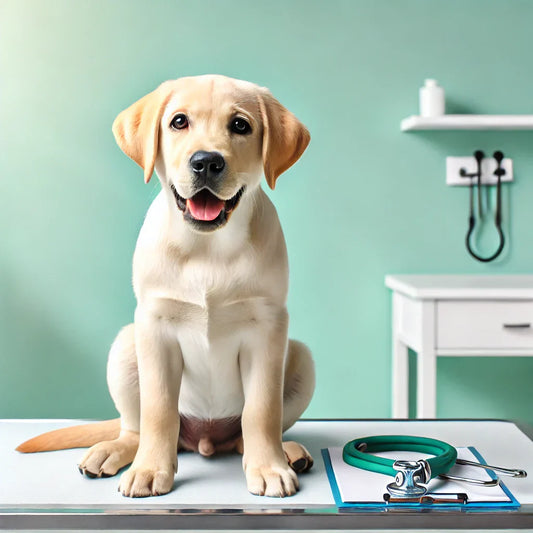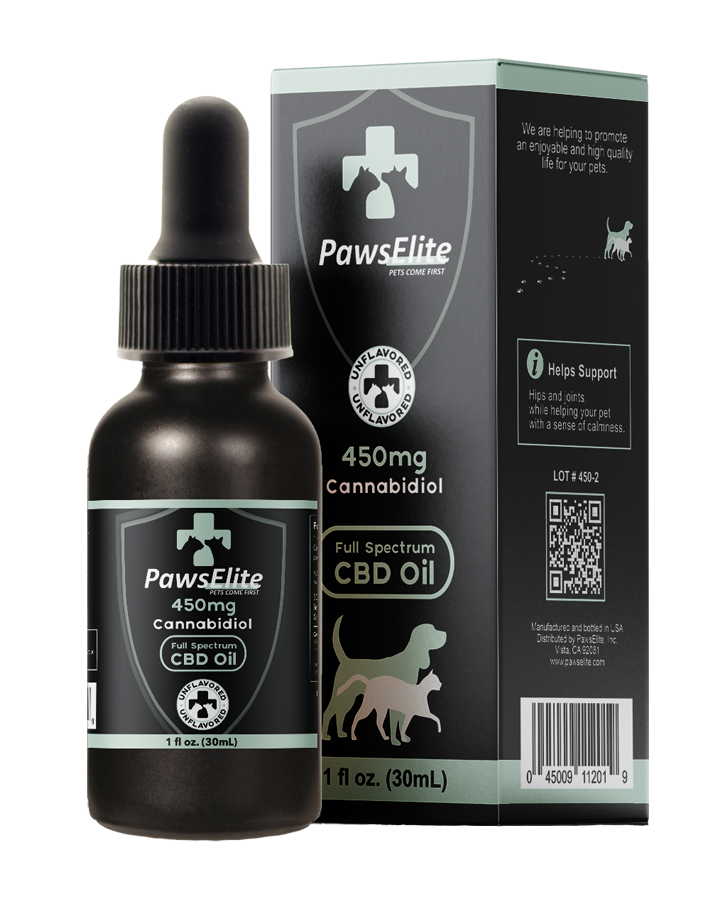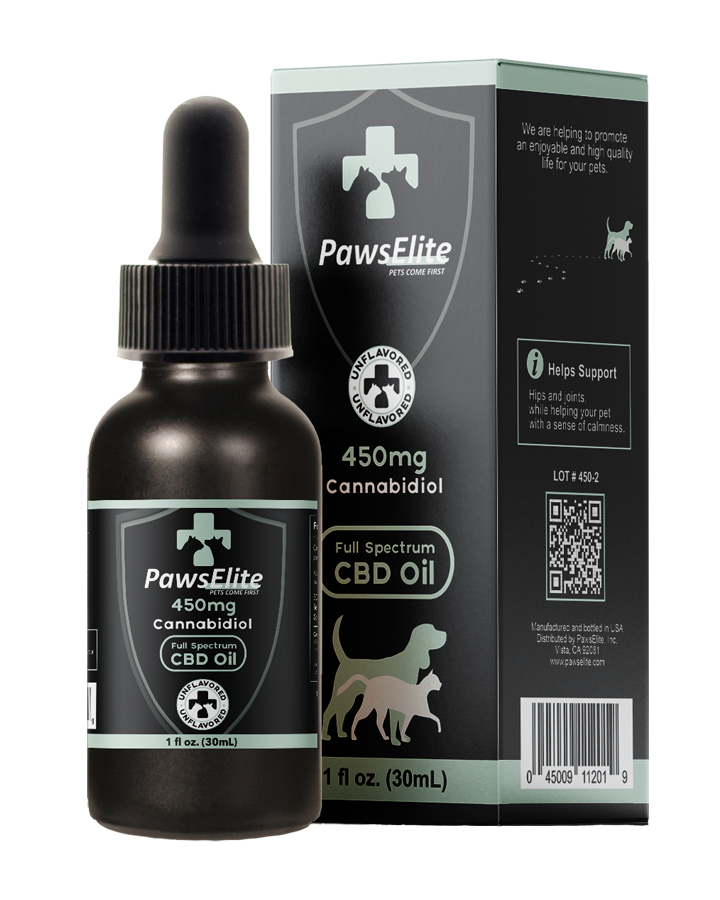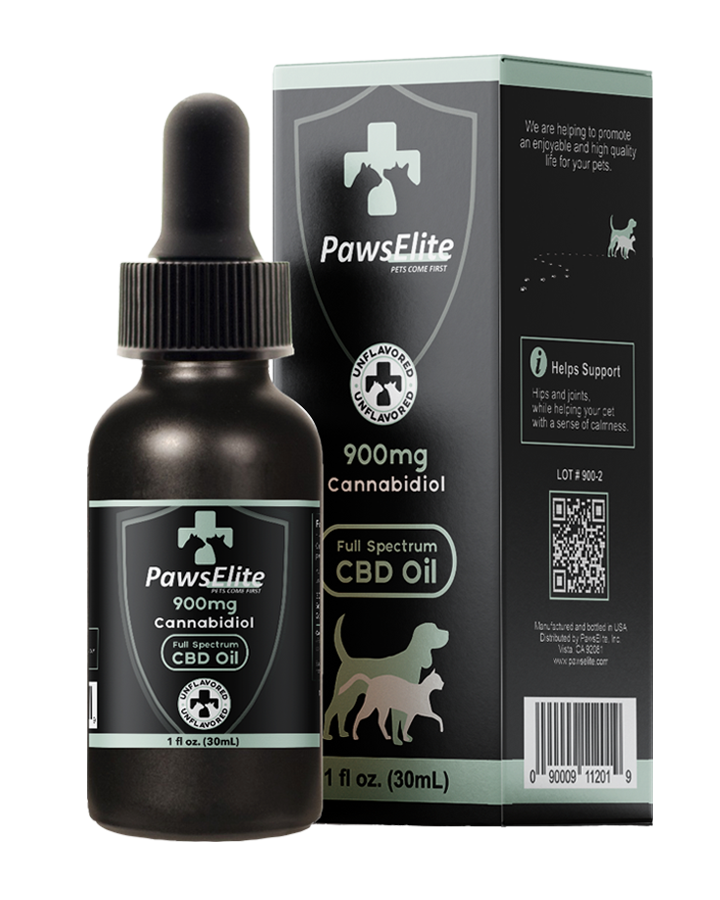
Understanding Pet Insurance Options in Texas
Share
As a pet parent in the Lone Star State, you're always looking to ensure your furry friend stays healthy and happy. But have you considered how you'd handle unexpected medical bills? One of the best ways to ensure you can pay your furry friend's medical bills is through taking medical insurance. Options such as the best pet insurance in Texas can make a world of difference to your pet's health and your pocket. It's all about finding a safety net that fits your pet's needs and your budget. Think of it like health insurance for humans; you pay a premium and in return, you get help managing vet bills if accidents or illnesses pop up.
Getting started with choosing the right pet insurance
Choosing the right pet insurance in Texas can be as diverse as the state itself. With its wide range of climates and urban to rural settings, the pet insurance you select must align with your pet's lifestyle. Whether you're strolling through the bustling streets of Houston or enjoying the countryside, having the right insurance plan means your pet is protected across the state's varied landscapes. It's not just about coverage; it's also about the peace of mind that comes with knowing you're prepared for any pet health scenario Texas throws your way.
The basics of pet insurance coverage
When we talk about pet insurance, it generally falls under a few categories: accident-only plans, comprehensive policies and wellness or routine care riders. Each type offers a different level of coverage, from sudden emergencies to annual check-ups. Some policies even include dental care and prescription medications. While shopping around, you will want to consider factors like deductible amounts, reimbursement levels and coverage caps.
Understanding the fine print is crucial when selecting pet insurance. Deductibles, coverage limits and exclusions can make a huge difference in the event of a claim. Take the time to read through each policy's specifics and clarify any questions with the insurance provider. Remember, the goal is to reduce stress and financial strain, not add to it. So, choose a plan that offers clarity and a straightforward claims process to ensure you and your pet are covered without unnecessary complications.
Regional considerations for Texas pet owners
Living in Texas means dealing with a unique climate and environment that can pose specific health risks to your pets – like heartworm disease due to mosquitoes. You'll want a policy that takes into account the regional issues your pet might face. Fortunately, there are various options available to Texans, from nationwide insurers to local plans designed with Texan pets in mind.
In a state where the warm climate can contribute to higher incidents of fleas, ticks and other pests, Texas pet insurance should accommodate these specific concerns. Additionally, comprehensive coverage that addresses local wildlife encounters, which can be more frequent in rural areas of Texas, can be invaluable. Taking these regional factors into account helps ensure that your insurance is as personalized as your pet's own paw print.
Calculating the costs of pet ownership
Becoming a pet owner comes with a price tag that goes beyond the initial adoption fee. You've got to think about everyday items like quality food, fun toys and comfy beds. Add on the regular vet visits and the sum can quickly add up. Setting aside money for these predictable costs is wise, but it's the unpredictable ones, like emergencies or chronic conditions, that can catch you off guard financially. That’s where having a good insurance plan steps in to alleviate some of the burdens.
Navigating unexpected pet healthcare costs
Even the healthiest pets can have a bad day. A surprise tumble or a sudden illness can lead to an unplanned trip to the vet, which can be costly. In these moments, it can be comforting to have pet insurance. It won't cover every unexpected cost, but it can significantly reduce the financial stress of emergency care and help you focus on your pet's recovery instead of the hit to your wallet.
Setting up a pet care budget that works
Just as with any other family member, budgeting for your pet's needs is vital. Keep tabs on how much you're spending monthly and annually on your pet's essentials. Are there areas where you could potentially save, like buying food in bulk or grooming your pet at home? Remember, a comprehensive budget should also have a line item for health care costs – this is where pet insurance premiums, co-pays and related expenses come in.
Embracing savings and insurance for pet care planning
While insurance can cover a lot, it usually doesn't kick in until after you've met your deductible, which is why pairing it with a savings plan is smart. Some pet parents use a regular savings account to handle deductibles and copays. Still, combining savings with a well-chosen pet insurance plan can mean even greater peace of mind when it comes to managing both routine and unexpected health care expenses for your pets.
Coping with the economics of caring for aging pets
As pets get older, their needs change and often, their healthcare costs go up. Age-related issues like arthritis or diabetes can require regular medication and vet visits, which means you'll need to adjust your financial planning. Considering the lifetime of your pet when you first sign up for insurance and savings plans means you’ll be better prepared for these golden years. Make sure the plan you choose doesn't put a cap on age for coverage.
The intersection of pet wellness and financial health
Preventive care, like using CBD products for pets to manage anxiety, inflammation, or pain, is increasingly popular among pet owners. These products can be a worthwhile investment, potentially reducing the need for more expensive treatments down the road. However, it's important to keep the big picture in mind. Just like with human financial and wellness planning, balancing the immediate benefits of preventive care with the long-term outlook of your financial health is essential.







